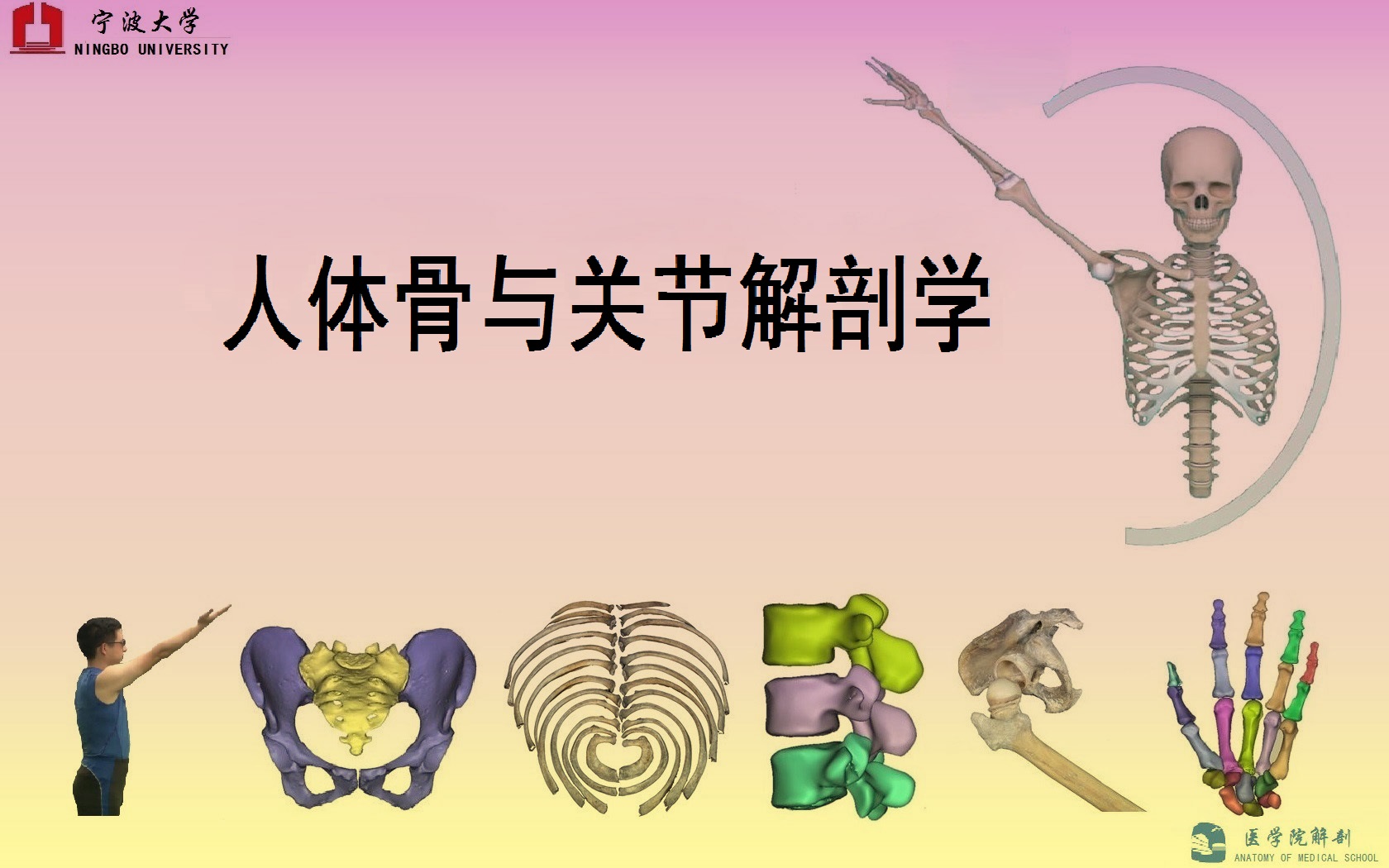
当前课程知识点:计算几何 > 08. Windowing Query > K. Vertical Segment Stabbing Query > 08-K-02. X-Segment Tree
好消息是我们在此前的那些
数据结构的基础上
再加上我们刚刚学过的segment tree
就足以能够高效的求解
刚才的那个问题了
我们首先要构造出
一棵x方向的segment tree
之所以称它是x方向的segment tree
就是我们首先假设认为
所有这些输入的线段
都是没有高度的
或者说没有y方向的差异的
或者再直观点讲
你可以假想着把它们都压扁了
拍平了 投影到x轴上去
这不就回到了
我们刚才那个一维的问题吗
在x轴上的一系列的interval
没错
我们要基于这样的一个假设
把它整理成这样一棵segment tree
于是我们的每一个原始的
这样的interval
都会被剖分为这么多段
而每一段从空间上来讲
其实对应的都是一个
这样对应的狭长的条带区域
对于这一段来说
这个条带区域是这个
当然为了看着明显
我们只画到了到这个截止
实际上它是一直通天的
那么它是如此
它的邻居 或者其它的兄弟
所对应的也是有各自的
这么样一个区域
包括它对应的它
以及它对应的它
还有最底层的这个
其实也对应于
自己的一个这样的条带的区域
这个条带区域
我们形式化表示一下
就是这个结点
所对应的那个宽度
再乘上在纵向上的它的高度
这个高度刚才说了
下入地 上通天
从无穷到无穷
在此我们需要首先观察到
并且待会儿要利用到的一个性质就是
如果果真某一个结点
存放了某一个输入的interval
那么这个interval
必然就会完整的跨越
它所存放的这个副本
所对应的刚才
那样一个条带型的区域
每一个都是如此
在这里我们将刚才那样一个
VSSQ的问题分解为两步
第一步我们先找出那条线段
那条垂直的线段
所在的那条直线
所对应的其实是一个
一维的stabbing query问题的答案
然后我们再从其中摘选出
在y方向上符合条件的
进一步的筛选的结果
那么可以发现
第一步实际上我们已经
完全知道怎么求解了
难道不是吗
刚才所给的这样的一个segment tree
虽然它所存放的这些线段
都本身是歪的
但是在构造这棵树的时候
我们完全将它压扁了
等同于是一维的了
所以任何那条线段
它所在的那直线
对应那个位置
相对于这棵树来说
就是一个查询的一个位置
回顾一下
我们确实只需要花费
logn的时间
就可以找出由一系列的
结点的正则子集
拼凑起来的
那样的一个答案
而这个正则子集的数目
累计也不超过logn
那么接下来我们要做的
就是要做进一步的筛选
准确的讲
我们要用这个segment的上端点
和下端点沿着y方向
用这个区间来做一次
进一步的筛选
这次筛选大致说来
是类似于一个
一维的y方向上的range query
所以我们按照以前的那个做法
应该对所有的这些正则子集
当然它们一一对应于每一个节点
在取出之后
我们都要对它分别的来做
这样一次y方向的range query
你还记得我们以前
大致的策略是什么吗
没错
要在一棵主树的基础上
为了做进一步的查询
我们需要给它的
每一个内部的结点
都配置上一左一右
一对的所谓的关联结构
associative structures
那么在这里
我们又当用什么样的
类型的关联结构呢
-Before we start
--html
-Evaluation
--html
-Online Judge
--html
-Lecture notes
--html
-Discussion
--html
-A. History of This Course
--00-A. History of This Course
-B. What's Computational Geometry
--00-B. What's Computational Geometry
-B. What's Computational Geometry--作业
-C. How to Learn CG Better
--00-C. How to Learn CG Better
-C. How to Learn CG Better--作业
-D. Why English
-A. Convexity
-A. Convexity--作业
-B. Extreme Points
-B. Extreme Points--作业
-C. Extreme Edges
-C. Extreme Edges--作业
-D. Incremental Construction
--01-D-01. Decrease and Conquer
--01-D-02. In-Convex-Polygon Test
--01-D-03. Why Not Binary Search
-D. Incremental Construction--作业
-E. Jarvis March
--01-E-06. Lowest-Then-Leftmost
-E. Jarvis March--作业
-F. Lower Bound
--01-F-02. CAO Chong's Methodology
-F. Lower Bound--作业
-G. Graham Scan: Algorithm
-G. Graham Scan: Algorithm--作业
-H. Graham Scan: Example
-H. Graham Scan: Example--作业
-I. Graham Scan: Correctness
-I. Graham Scan: Correctness--作业
-J. Graham Scan: Analysis
-J. Graham Scan: Analysis--作业
-K. Divide-And-Conquer (1)
-K. Divide-And-Conquer (1)--作业
-L. Divide-And-Conquer (2)
--01-L-03. Topmost + Bottommost ?
--01-L-07. More Considerations
-L. Divide-And-Conquer (2)--作业
-M. Wrap-Up
-0. Introduction
-0. Introduction--作业
-A. Preliminary
-A. Preliminary--作业
-B. Interval Intersection Detection
-B. Interval Intersection Detection--作业
-C. Segment Intersection Reporting
-C. Segment Intersection Reporting--作业
-D. BO Algorithm: Strategy
--02-D-01. Proximity & Separability
--02-D-02. Comparability & Ordering
-D. BO Algorithm: Strategy--作业
-E. BO Algorithm: Implementation
--02-E-03. Events & Operations
-E. BO Algorithm: Implementation--作业
-F. BO Algorithm: Analysis
--02-F-04. Complexity of Event Queue
--02-F-05. Complexity of Status Structure
-F. BO Algorithm: Analysis--作业
-G. Convex Polygon Intersection Detection
--02-G-01. Problem Specification
--02-G-02. Monotone Partitioning
--02-G-04. Decrease-And-Conquer
-G. Convex Polygon Intersection Detection--作业
-H. Edge Chasing
--02-H-01. Eliminating Sickles
-H. Edge Chasing--作业
-I. Plane Sweeping
-I. Plane Sweeping--作业
-J. Halfplane Intersection Construction
-J. Halfplane Intersection Construction--作业
-0. Methodology
-0. Methodology--作业
-A. Art Gallery Problem
--03-A-02. Lower & Upper Bounds
--03-A-04. Approximation & Classification
-A. Art Gallery Problem--作业
-B. Art Gallery Theorem
--03-B-01. Necessity of floor(n/3)
--03-B-02. Sufficiency by Fan Decomposition
-B. Art Gallery Theorem--作业
-C. Fisk's Proof
--03-C-04. Pigeon-Hole Principle
-C. Fisk's Proof--作业
-D. Orthogonal Polygons
--03-D-01. Necessity of floor(n/4)
--03-D-02. Sufficiency by Convex Quadrilateralization
-D. Orthogonal Polygons--作业
-E. Triangulation
-E. Triangulation--作业
-F. Triangulating Monotone Polygons
--03-F-02. Monotonicity Testing
--03-F-04. Stack-Chain Consistency
-F. Triangulating Monotone Polygons--作业
-G. Monotone Decomposition
-G. Monotone Decomposition--作业
-I. Tetrahedralization
--03-I-01. Polyhedron Decomposition
--03-I-02. Schonhardt's Polyhedron
-I. Tetrahedralization--作业
-A. Introduction
--04-A-02. Dining Halls on Campus
--04-A-03. More Analogies & Applications
-A. Introduction--作业
-B. Terminologies
--04-B-02. Intersecting Halfspaces
--04-B-04. Planar Voronoi Diagram
-B. Terminologies--作业
-C. Properties
--04-C-03. Nearest = Concyclic
--04-C-04. Number of Nearest Sites = Degree
-C. Properties--作业
-D. Complexity
-D. Complexity--作业
-E. Representation
-E. Representation--作业
-F. DCEL
-F. DCEL--作业
-G. Hardness
--04-G-03. Voronoi Diagram In General Position
-G. Hardness--作业
-H. Sorted Sets
--04-H-01. Convex Hull Made Easier
--04-H-02. Convex Hull As A Combinatorial Structure
--04-H-03. Voronoi Diagram As A Geometric Structure
-H. Sorted Sets--作业
-I. VD_sorted
--04-I-06. Sorting Not Made Easier
-I. VD_sorted--作业
-J. Naive Construction
-J. Naive Construction--作业
-K. Incremental Construction
-K. Incremental Construction--作业
-L. Divide-And-Conquer
--04-L-09. Intersecting with Cells
-L. Divide-And-Conquer--作业
-M. Plane-Sweep
--04-M-09. Circle Event: What, When & Where
-M. Plane-Sweep--作业
-A. Point Set Triangulation
-A. Point Set Triangulation--作业
-B. Delaunay Triangulation
-B. Delaunay Triangulation--作业
-C. Properties
-C. Properties--作业
-D. Proximity Graph
--05-D-02. Relative Neighborhood Graph
-D. Proximity Graph--作业
-E. Euclidean Minimum Spanning Tree
-E. Euclidean Minimum Spanning Tree--作业
-F. Euclidean Traveling Salesman Problem
-G. Minimum Weighted Triangulation
-G. Minimum Weighted Triangulation--作业
-H. Construction
--05-H-03. Maximizing The Minimum Angle
--05-H-04. Evolution By Edge Flipping
-H. Construction--作业
-I. RIC With Example
-I. RIC With Example--作业
-J. Randomized Incremental Construction
--05-J-01. Recursive Implementation
--05-J-02. Iterative Implementation
-J. Randomized Incremental Construction--作业
-K. RIC Analysis
--05-K-04. Types Of Edge Change
--05-K-05. Number Of Edge Changes
--05-K-07. Number Of Rebucketings
--05-K-08. Probability For Rebucketing
--05-K-10. Further Consideration
-0. Online/Offline Algorithms
--06-0. Online/Offline Algorithms
-0. Online/Offline Algorithms--作业
-A. Introduction
--06-A-03. Assumptions For Clarity
--06-A-05. Performance Measurements
-A. Introduction--作业
-B. Slab Method
--06-B-02. Ordering Trapezoids
-B. Slab Method--作业
-C. Persistence
--06-C-01. Ephemeral Structure
--06-C-02. Persistent Structure
-C. Persistence--作业
-D. Path Copying
--06-D-03. Storage Optimization
-D. Path Copying--作业
-E. Node Copying
-E. Node Copying--作业
-F. Limited Node Copying
-G. Kirkpatrick Structure
--06-G-01. Optimal And Simpler
--06-G-06. The More The Better
--06-G-07. The Fewer The Better
--06-G-09. Existence Of Independent Subset
--06-G-10. Construction Of Independent Subset
-G. Kirkpatrick Structure--作业
-H. Trapezoidal Map
--06-H-03. Properties & Complexity
--06-H-04. Search Structure: Example
--06-H-05. Search Structure: Nodes
--06-H-06. Search Structure: Performance
-H. Trapezoidal Map--作业
-I. Constructing Trapezoidal Map
--06-I-04. Case 1: Two Endpoints
--06-I-05. Case 2: One Endpoint
--06-I-06. Case 3: No Endpoints
-J. Performance Of Trapezoidal Map
--06-J-03. Number Of Ray Trimmed
--06-J-04. Number Of Trapezoidals Created (1)
--06-J-05. Number Of Trapezoidals Created (2)
--06-J-06. Time For Point Location
--06-J-07. Size Of Search Structure
--06-J-08. Fixed Query Point + Randomly Created Maps
--06-J-10. Probability Of Enclosing Trapezoid Changed
-A. Range Query
--07-A-01. 1-Dimensional Range Query
-A. Range Query--作业
-B. BBST
--07-B-02. Lowest Common Ancestor
-B. BBST--作业
-C. kd-Tree: Structure
-C. kd-Tree: Structure--作业
-D. kd-Tree: Algorithm
-D. kd-Tree: Algorithm--作业
-E. kd-Tree: Performance
--07-E-01. Preprocessing Time + Storage
-E. kd-Tree: Performance--作业
-F. Range Tree: Structure
--07-F-03. x-Query * y-Queries
-F. Range Tree: Structure--作业
-G. Range Tree: Query
-G. Range Tree: Query--作业
-H. Range Tree: Performance
-H. Range Tree: Performance--作业
-I. Range Tree: Optimization
--07-I-04. Fractional Cascading
-A. Orthogonal Windowing Query
-A. Orthogonal Windowing Query--作业
-B. Stabbing Query
-C. Interval Tree: Construction
-C. Interval Tree: Construction--作业
-D. Interval Tree: Query
-D. Interval Tree: Query--作业
-E. Stabbing With A Segment
--08-E-03. Query Algorithm (1)
--08-E-04. Query Algorithm (2)
-F. Grounded Range Query
--08-F-03. 1D-GRQ Using Range Tree
--08-F-04. 1D-GRQ By Linear Scan
-G. 1D-GRQ Using Heap
-G. 1D-GRQ Using Heap--作业
-H. Priority Search Tree
--08-H-03. Sibling Partitioning
-H. Priority Search Tree--作业
-I. 2D-GRQ Using PST
-I. 2D-GRQ Using PST--作业
-J. Segment Tree
--08-J-01. General Windowing Query
--08-J-02. Elementary Interval
--08-J-06. Solving Stabbing Query
--08-J-11. Constructing A Segment Tree
--08-J-12. Inserting A Segment (1)
--08-J-13. Inserting A Segment (2)
--08-J-14. Inserting A Segment (3)
-K. Vertical Segment Stabbing Query










